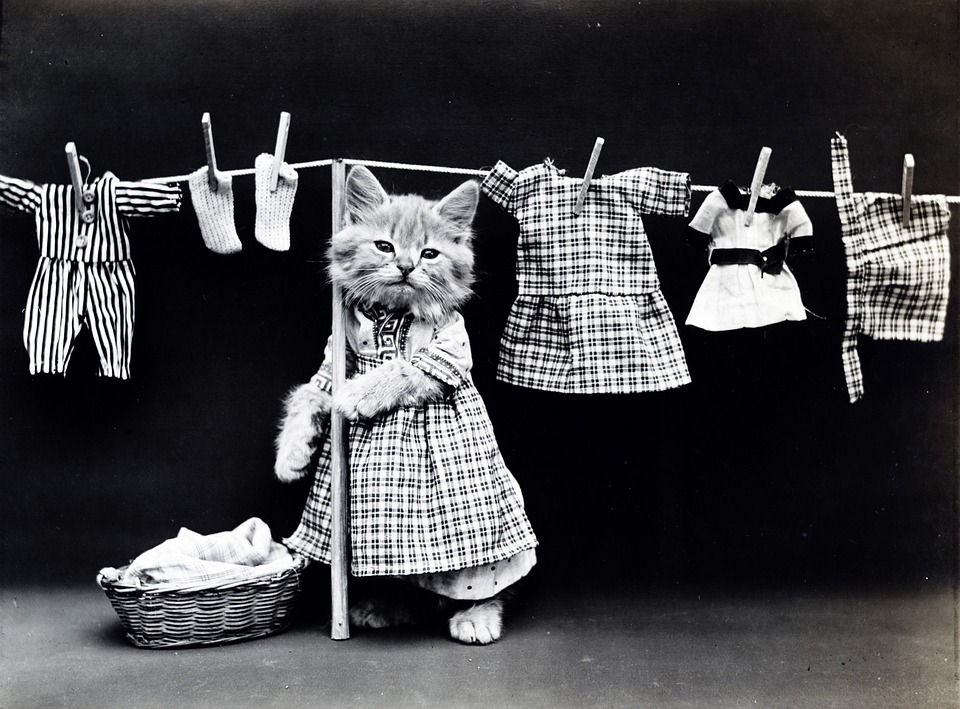Respiratory issues can affect cats of all ages and breeds, causing discomfort and potentially serious health complications if left untreated. As a responsible cat owner, it is crucial to recognize the symptoms and take prompt action to address any respiratory problems your feline companion may be experiencing. In this article, we will discuss common respiratory issues in cats, their causes, and practical steps to manage and treat them.
Understanding Common Respiratory Issues in Cats
1. Feline Upper Respiratory Infection (URI): URI is a common condition in cats, often caused by viral or bacterial infections. It can cause symptoms such as sneezing, nasal discharge, coughing, and fever.
2. Feline Asthma: Similar to asthma in humans, feline asthma is a chronic respiratory condition that causes inflammation and narrowing of the airways. Cats with asthma may experience coughing, wheezing, and difficulty breathing.
3. Chronic Rhinosinusitis: Chronic rhinosinusitis is a long-term inflammation of the nasal passages and sinuses. It can cause symptoms such as sneezing, nasal discharge, facial pain, and difficulty breathing through the nose.
Causes and Risk Factors
1. Viral and Bacterial Infections: Cats can contract respiratory infections from other cats, such as the feline herpesvirus or feline calicivirus. Bacterial infections, such as Bordetella bronchiseptica, can also cause respiratory issues.
2. Environmental Factors: Exposure to smoke, dust, strong odors, or poorly ventilated areas can irritate a cat’s respiratory system and trigger symptoms.
3. Allergies and Irritants: Cats can be allergic to certain substances, such as pollen, mold, or certain foods. Allergies can cause respiratory symptoms, including sneezing and wheezing.
4. Genetic Predisposition: Some cat breeds, such as Siamese and Persians, may be more prone to respiratory issues due to genetic factors.
Symptoms to Watch Out For
1. Sneezing and Nasal Discharge: Persistent or frequent sneezing, accompanied by clear or colored nasal discharge, is a common sign of respiratory issues.
2. Coughing and Wheezing: Coughing, especially if it is persistent or accompanied by wheezing sounds, may indicate a respiratory problem.
3. Labored Breathing: If your cat is breathing with noticeable effort or seems to struggle to catch its breath, it may be a sign of a respiratory issue.
4. Open-mouth Breathing: Cats normally breathe through their noses, so open-mouth breathing can be a sign of respiratory distress.
5. Decreased Appetite and Lethargy: Respiratory issues can make cats feel unwell and cause a decrease in appetite and energy levels.
Diagnosing Respiratory Issues in Cats
1. Veterinary Examination: A thorough physical examination by a veterinarian can help determine the underlying cause of the respiratory symptoms.
2. Laboratory Tests: Blood tests, nasal swabs, or other laboratory tests may be necessary to identify specific viruses, bacteria, or allergies.
3. Radiography and Imaging: X-rays or other imaging techniques can provide valuable information about the condition of the cat’s lungs and airways.
Managing and Treating Respiratory Issues
1. Veterinary Guidance and Medication: Following your veterinarian’s guidance and administering prescribed medications, such as antibiotics, antivirals, or bronchodilators, is crucial for managing and treating respiratory issues.
2. Proper Nutrition and Hydration: Providing a balanced diet and ensuring your cat stays hydrated can support their immune system and overall respiratory health.
3. Providing a Stress-free Environment: Minimizing stressors, such as sudden changes in routine or exposure to irritants, can help reduce the frequency and severity of respiratory symptoms.
4. Regular Cleaning and Disinfection: Keeping your cat’s environment clean and free from dust, mold, or other allergens can help prevent respiratory issues.
Conclusion
Recognizing and addressing respiratory issues in cats is essential for maintaining their overall health and well-being. By being vigilant about symptoms, seeking prompt veterinary care, and following the recommended treatment plan, you can help your feline friend overcome respiratory issues and enjoy a healthy and happy life. Remember, a healthy cat is a happy cat!








